
Strong presence of women in master's and doctoral studies in the European Union.. They prefer health care, social sciences and journalism, and fewer go into technology, communications and engineering

- Europe and Arabs
- Monday , 3 March 2025 11:24 AM GMT
Brussels: Europe and the Arabs
Of the 1.5 million master's students in the European Union in 2022, there were 905,678 women, representing 58.6% of the total. At the doctoral level, this proportion was 48.5% of the total 99,204 doctoral students. According to figures released on Monday by the European Statistical Office in Brussels, Eurostat, which added in a statement: “At the master’s level, women represented the majority of students in all EU countries, except Luxembourg, where there was a gender balance of 49.8% of female students. The highest share of women in master’s studies was recorded in Cyprus, at 74.2%, followed by Poland (67.3%) and Lithuania (66.1%).
For doctoral studies, the percentages ranged from 42.3% in Luxembourg, 43.3% in Austria and 44.1% in the Czech Republic, to 57.4% in Lithuania, 58.0% in Cyprus and 59.6% in Latvia.
Between 2013 and 2022, the share of women in master’s studies at the EU level decreased slightly by 0.4 percentage points due to a decrease in the share of female students in 12 countries. This percentage ranged from -0.1% in Slovenia, and -0.3% in the Czech Republic, Malta and Poland, to -3.4% in Latvia and -3.6% in Hungary.
In the same period, the share of women in doctoral studies increased by 1.0 percentage points, with 19 EU countries recording an increase in the number of female students. The highest increase was recorded in Cyprus, with +8.0 percentage points from 2013 to 2022.
Education field: the preferred choice
Women represented the highest proportion of students in the field of education in both master’s (75.6%) and doctoral (66.9%) studies in 2022.
When it comes to master’s studies, the highest proportion of women, after education, was recorded in general programmes and qualifications (73.7% of women), arts and humanities (69.5%) and social sciences, journalism and information (68.7%).
The preferred fields were different at doctoral level, with health and social care (60.9%) the second most popular, followed by agriculture, forestry, fisheries and veterinary medicine (57.5%). Social sciences, journalism and information (57.3%) and arts and humanities (53.3%) came in fourth and fifth place. At master’s and doctoral level, women were underrepresented in ICT (26.2% and 22.6% respectively), and engineering, manufacturing and construction (33.4% and 32.7% respectively).
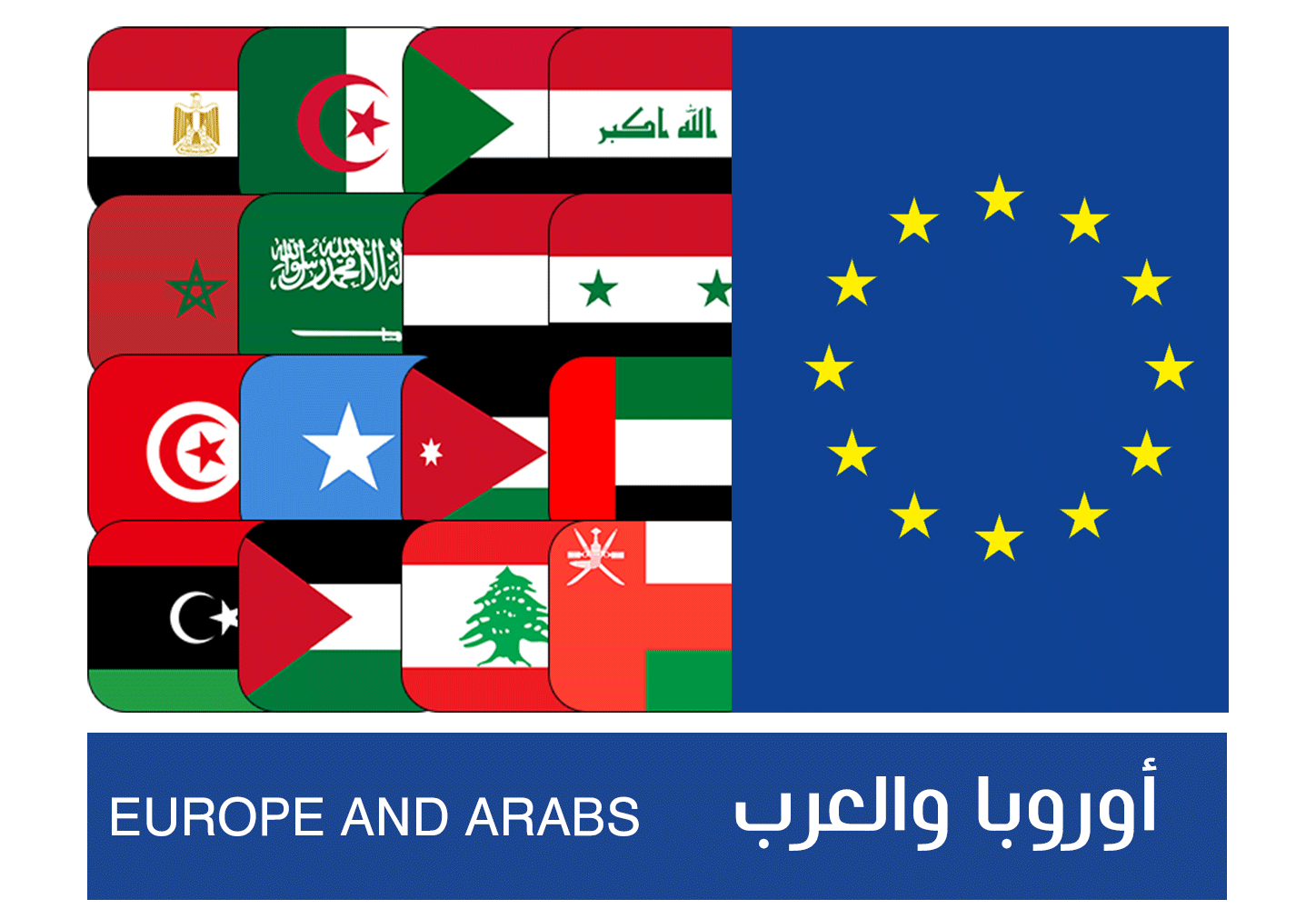

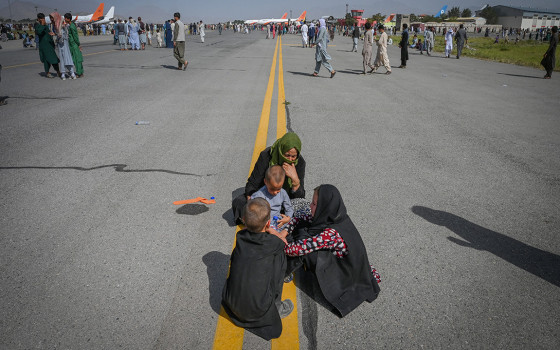
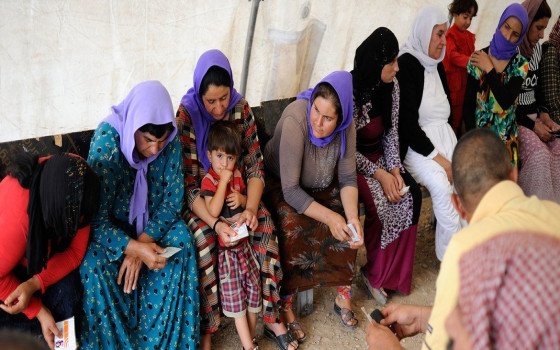
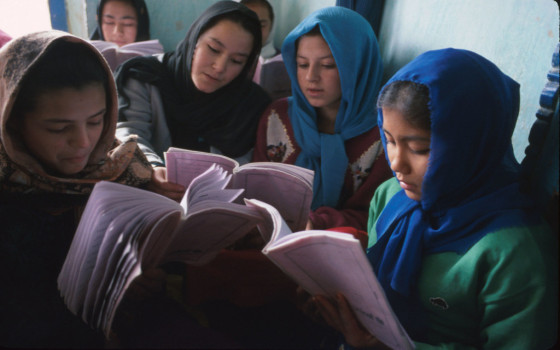



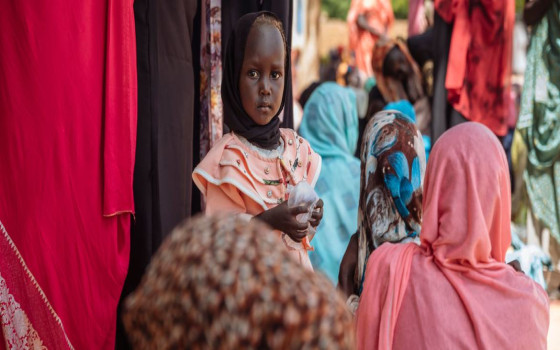



No Comments Found